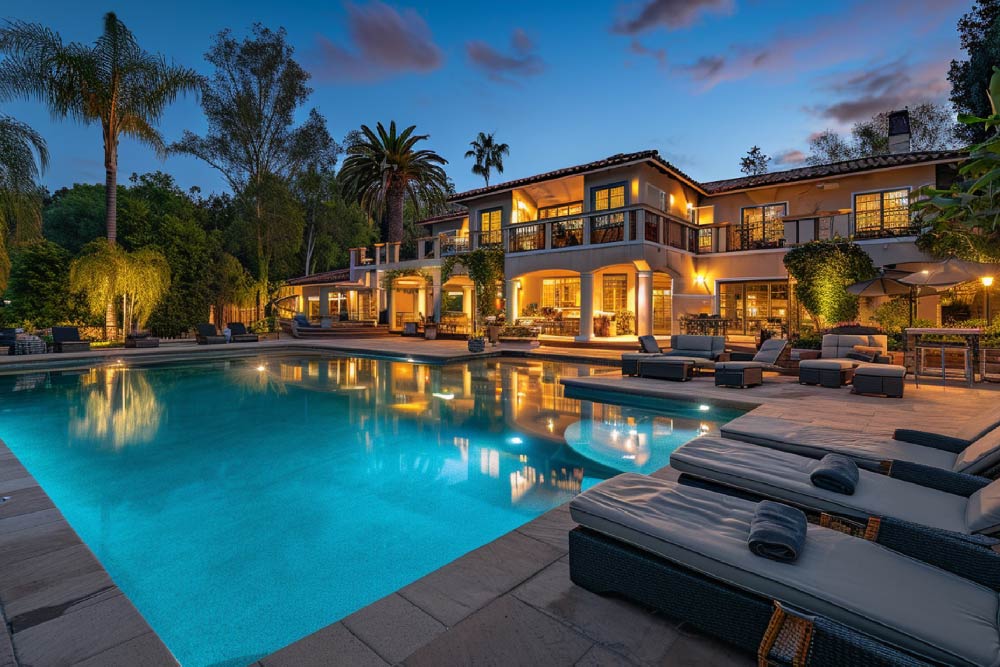
The decision to buy your first property is one of the biggest milestones in a person’s life and the timing of this investment can be crucial. Many factors can impact the decision to buy property, including financial stability, savings, life goals, and family dynamics. And different life stages come with different financial conditions and priorities.
But then is there an “ideal age” to buy a property? The short answer is “no”. The long answer is – there is no “one size fits all” answer to this question as real estate investment at different ages comes with different benefits and challenges. And although the average age of first-time home buyers has seen a drastic shift in recent years, the ideal age for you to buy a home will depend on things like home loan eligibility, EMI affordability, ownership responsibilities, and your risk profile.
So what is it like to buy a home at different stages of your life?
Buying Young (In 20s and 30s)
With the rapidly increasing purchasing power of Indian youth, many are opting to buy their first home in their 20s and 30s. Young buyers can let their investment mature over decades as the property values appreciate while they benefit from reduced tax liabilities. Additionally, entering the buying cycle young is better for financial planning and flexibility as you have little to no debt and family obligations, and you can focus on paying off a large proportion of your home loan before taking on any additional responsibilities.
The only drawback of buying young is you do not have enough savings for the down payment and have to take out a bigger loan. Additionally, you also cannot anticipate your family dynamics and shared life goals going forward, which means you may have to look at different properties as you move forward.
Buying in Mid-Life (In 40s and 50s)
Mid-life is often associated with career growth, a higher earning potential, more disposable income, and a strong credit history. As a result, buying property at this stage is more financially feasible and you can explore a wider range of choices when it comes to property size, style, and location. And with your earning potential, you can also opt for longer loan tenure to manage your EMI obligations and benefit from reduced tax liabilities.
Additionally, you can also factor in your life goals and family dynamics in purchase decisions at this stage, where your life partner can increase your purchasing power and you can buy a home that aligns with both of your goals. Keeping family at the forefront, you can focus on providing a stable and comfortable life for your family, better educational opportunities for your children, and a secure future for all.
Buying in Pre-Retirement and Retirement (In and After 60s)
Your homeownership priorities and opinions may change as you move closer to retirement. You may want to downsize to a more manageable home that offers better amenities, is in an area with a more suitable climate, or is closer to your relatives. Moreover, at this stage, you probably have a principal residence and can invest in secondary properties for rental income.
Financial stability and growth at this stage may mean that you can buy the property outright with your savings and not have to rely on loans. However, if you decide to opt for a home loan, you may not be eligible for more favourable loan terms due to your advanced age and limited earning potential.
It is clear that there is no “ideal right age” to buy property. You need to consider your unique situation, requirements, financial stability, priorities, and risk profile when making that decision. Each stage in your life comes with different challenges and benefits when it comes to home ownership. You must weigh them and look at the market conditions when buying your first home.
No matter when you decide to buy a home, the Squarea team can help you find the best luxury homes. Get in touch with us today to find your dream home.
For more details on this subject, please email hello@squarea.io




